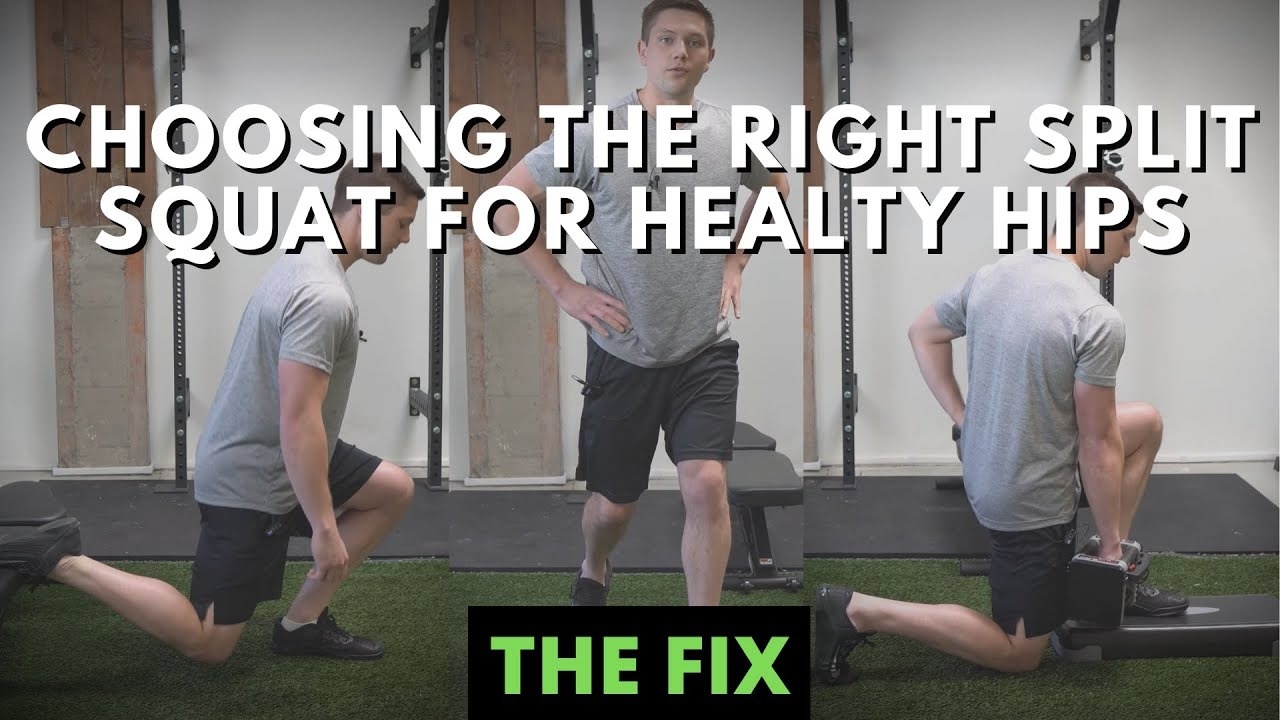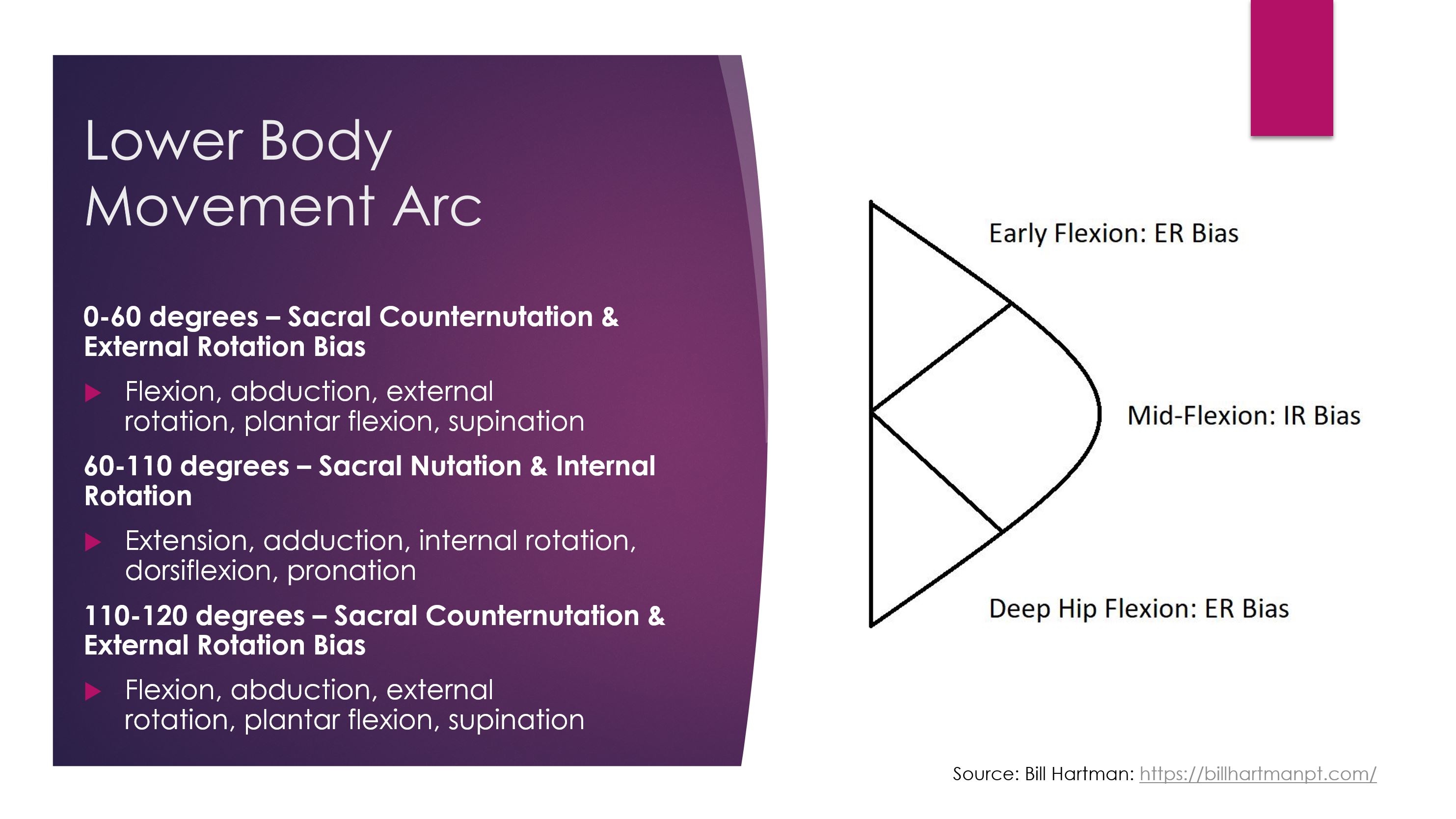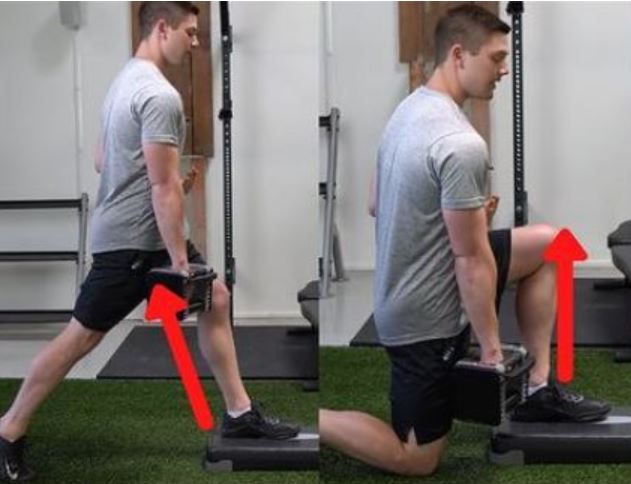The Ultimate Guide to Split Squats - How to Choose the Best Split Squat For You
Aug 02, 2021
Split squats are one of the most effective bang-for-your-buck single leg movements for strength, hypertrophy, and improving your movement quality.
In this article we will discuss:
- The biomechanics of split squats
- Differences in variations of split squats
- How to choose the best split squat for your goals
If you'd rather watch than read, see below:
Biomechanics of Split Squats
Split squats require a staggered stance, meaning your legs should be about hip-width apart, but also your lead leg is ahead of your body (bearing most of your bodyweight) and the rear leg is more of a "kickstand" behind your body.
This requires the pelvis to be in relatively more external rotation and hip flexion on the lead leg while the rear leg is in more internal rotation and hip extension.
Because humans are animals of locomotion (walking, running, sprinting), it benefits us tremendously to pick exercises that have opposite joint actions on each side of the body because when we move through locomotive activities, whatever is happening on one side of the body (i.e. external rotation) the opposite is usually happening on the other (i.e. internal rotation).

As we descend into a split squat, we will be approaching relatively more internal rotation on both sides of the pelvis, especially relatively more on the lead leg. Around 60 degrees of hip flexion, we begin to move into more internal rotation of the pelvis which is maximized at around 90 degrees (the thigh parallel to the ground). This applies to any exercise.
The muscles that will become more active in this range and shorten (become concentric) on the lead leg are the:
- Adductors
- Inner hamstring muscles: Semitendosus and Semimembranosus
- Anterior fibers of the gluteus medius
This will also be associated with a vertical shin angle which is usually associated with more internal rotation at our pelvis.
This is important because as we move into internal rotation, it stretches out our external rotation muscles on the lead leg. These include the:
- Glute max
- Deep hip external rotators - Gemelli & Obturators
- Posterior fibers of the gluteus medius
Muscles need to stretch to contract optimally, so this is good if the goal is to train those muscles. So as we push out of the bottom, our shin angle will become more forward which will allow us to push our weight onto more of our forefoot and create propulsion through those external rotators.
Pay Attention to the Shin Angle
Shin angle is an especially important concept because it specifically carries over to how we move through locomotive activities. Notice the shin angle here in normal locomotion mechanics:

In terms of pelvic and lower body mechanics:
A backwards (negative) shin angle will bias more external rotation and yielding (elongating muscle action) of the glutes and hamstrings. Think of this as force absorption.
A vertical shin angle will bias more internal rotation. Think of this as the transition point from absorption to propulsion.
A positive (forward) shin angle will bias more external rotation & propulsion of the glutes and hamstrings. Think of this as "pushing off" in running or walking.
Therefore, we can bias a shin angle and lower body position to bias an intended biomechanical and muscular action.
Now, let's dig into how to we can choose the best split squat for your goals. I will be discussing three primary types of split squats based off of pelvic position and shin angle.
Benefits of Front Foot Elevated Split Squats
The front foot elevated split squat is going to naturally offload more of your weight on the lead leg from your forefoot to your rearfoot. This means you will naturally be more biased towards weight in your heel at the top and mid-foot at the bottom.
You will be moving primarily through a negative (heel strike/early-stance) to a vertical (mid-stance) shin position.
The front foot elevation also creates deeper levels of hip flexion at both the top and bottom of the split squat. As a result, you will be biasing more elongation of the glutes and hamstrings and more shortening (concentric muscle action) of the adductors and hamstrings.
If you wanted to bias even more internal rotation and light up your adductors/internal rotators, you could add a forward hip shift:
This is also helpful for athletes or individuals who spend a lot of time on their toes and/or in anterior pelvic tilt. This will create more heel reference to allow you to restore more variability to your joints and hips.
Benefits of Rear Foot Elevated Split Squats
The rear foot elevated split squat (also known as the Bulgarian Split Squat) is going to naturally push more weight onto your forefoot and ball of your foot on the lead leg. This means that your will be biased towards more of a vertical shin angle at the top and positive shin angle at the bottom.
As a result, you will be biasing more internal rotation on the descent and more external rotation on the ascent.
If your goal was to bias more concentric recruitment of your hip extensors (glutes, hamstrings) and knee extensors (quads), then this is a great position to choose.
If you were an athlete who has a goal of becoming stronger through push-off (late-stance), this would be an ideal choice. Also for those stuck in a posterior pelvic tilt (flat low back).
Summary
The great thing about these positions is that they are naturally going to bias the positions and musclar recruitment that you want to achieve. You don't have to think too much. This is why I am a fan of using constraints rather than cues.
To summarize the key points:
- Split squats naturally bias more external rotation at the top and internal rotation at the bottom
- Front foot elevated split squats are better for training the adductors and internal rotators. They are a better choice for athletes who have overuse injuries related to spending a lot of time on their forefoot (shin splints, many types of knee pain, and/or want more hip mobility).
- Rear foot elevated split squats are a better choice for training the quads, glute max, and external rotators. They are ideal for those who want to become stronger through push-off.
- It is also important to appreciate that split squats are only one piece of the puzzle. They are by no means the only solution to your goals, but the concepts discussed in this article can be applied to almost any single leg exercise in the weightroom.
I go into these concepts and many more types of loading constraints to bias goal outcomes in my Biomechanics Program.
Don’t miss out on free education
Join our email list to receive exclusive content on how to feel & move better.




